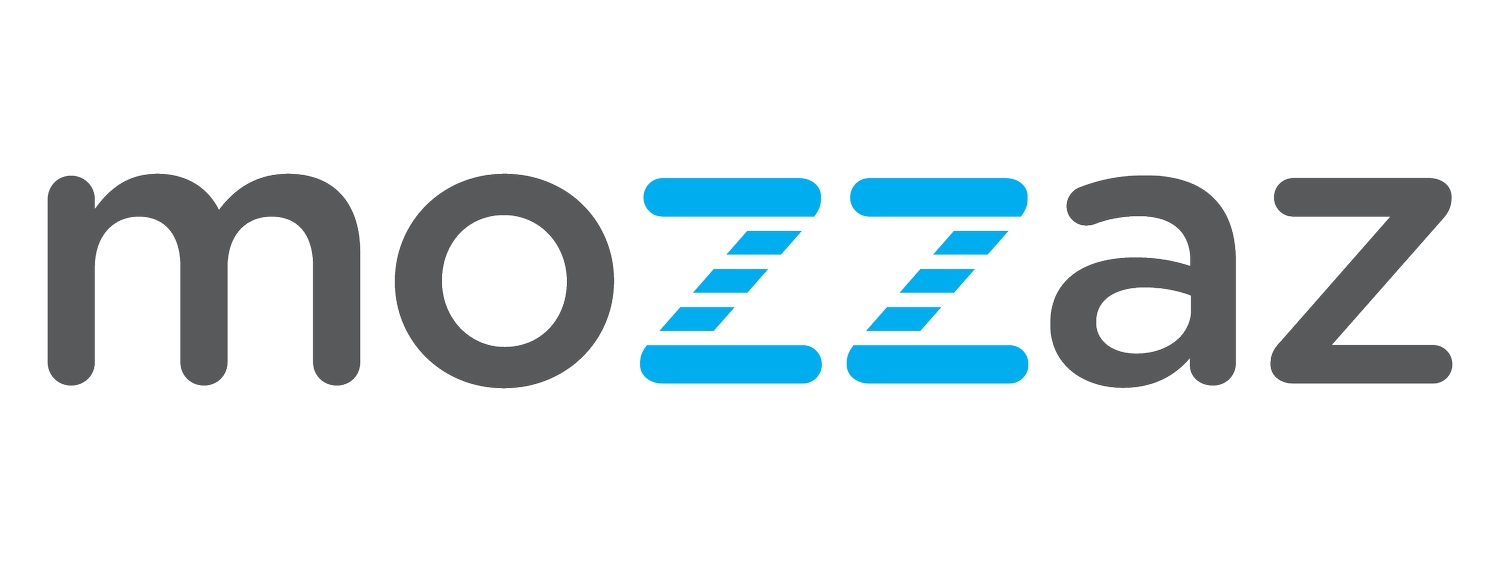Digital Technology Can Help Eliminate Mental Health Stigma In First Responders
First responders are repeatedly exposed to distressing incidents, trauma and death, putting them at risk for mental health issues. In addition to traumatic experiences, their work subjects them to unique and regular workplace stressors, such as: long work hours, heavy workloads, rotating or overnight shifts, unpredictable environments and physical demands (Disaster, 2018). Due to these stressors, first responders are more likely to experience negative mental health symptoms, yet evidence suggests that many deny or resist seeking help for mental health due to stigma in their workplace culture (Supporting, 2017).
Many first responder’s failure to seek help stems from certain elements of their workplace culture such as: fear of being stigmatized as weak or incapable, concerns over the confidentiality of support services, or the potential impacts of their career advancements (Crowe et al, 2018). First responders are also trained to embody elements of emotional, physical toughness and control, all of which are counter to seeking mental health support and all it encompasses (i.e vulnerability, admitting struggle, surrendering control) (Crowe et al, 2015).
Digital technology can be extremely useful in eliminating the individual’s worry of stigma, while tackling and monitoring mental health stressors and symptoms across staff, especially first responders. Care managers can have a dashboard monitoring all their staff with notifications and warnings on trending symptoms and concerns. This can be correlated across staff utilization and workloads to help balance stressful situations.
It can provide a mental health solution that addresses all levels of the organization. For the individual, this can be anything from self-assessment tools, educational resources, personalized coping strategies, e-counselling, telehealth etc. Digital technology can help eliminate stigma by providing an alternative tool that offers an element of anonymity for individuals. For organizations, digital technology allows for quick and easy implementation, efficient data collection and insights into program effectiveness or risk factors.
At Mozzaz, we see digital technology and virtual care as a means to simplify care delivery and eliminate those barriers such as stigma or accessibility. Overcoming these hurdles can help those individuals such as first responders who are at risk to receive the mental health support they need.
If you want to learn more about the Mozzaz Mental Health Solution, please click here.
References
Crowe, A., Glass, J., Lancaster, M., Raines, J., & Waggy, M. (2015). Mental Illness Stigma among First Responders and the General Population. Journal of Military and Government Counseling , 3(5). Retrieved from http://mgcaonline.org/wp-content/uploads/2013/02/JMGC-Vol-3-Is-3.pdf#page=5
Disaster Technical Assistance Center Supplemental Research Bulletin First Responders: Behavioral Health Concerns, Emergency Response, and Trauma. (2018). SAMSHA. Retrieved from https://www.samhsa.gov/sites/default/files/dtac/supplementalresearchbulletin-firstresponders-may2018.pdf
Supporting Mental Health in First Responders . (2017, May). Retrieved from https://bcfirstrespondersmentalhealth.com/resource/recommended-practices/

